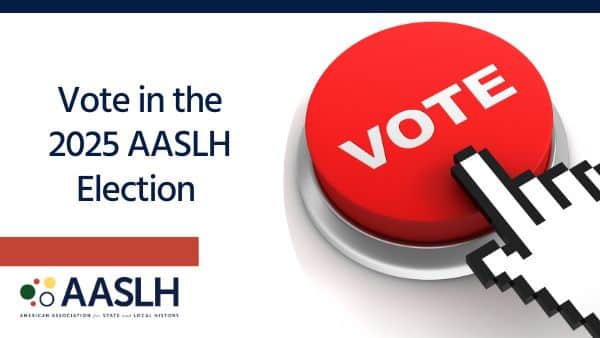 We’ve all been there…that moment when you find something truly strange hidden away for years in your museum’s collection. Maybe the object doesn’t fit within your collecting scope, maybe it’s part of a former staff member’s niche collection, or maybe it’s damaged beyond repair. Regardless of why it’s in your museum, the mystery object has an accession number, so you’re stuck with it. Or are you?
We’ve all been there…that moment when you find something truly strange hidden away for years in your museum’s collection. Maybe the object doesn’t fit within your collecting scope, maybe it’s part of a former staff member’s niche collection, or maybe it’s damaged beyond repair. Regardless of why it’s in your museum, the mystery object has an accession number, so you’re stuck with it. Or are you?
A couple of years ago, I was the only staff member at a small local history museum in Chicago. Working as the part-time Collections Manager and Archivist, I was hired specifically because the board wanted to professionalize. Deaccessioning had never been a thought at this museum, which for its 30-year history accepted everything brought through the door regardless of its connection to the community. I spent countless hours researching, talking to other museum professionals, and preparing materials to help educate the board about strengthening the collection through deaccessioning. Unfortunately, I didn’t know about the AASLH Standards and Excellence Program for History Organizations (StEPs) until I attended a conference close to the end of my time working at this museum. Having the wealth of information contained in the StEPS workbook, as well as the professional backing of AASLH, would have saved me valuable work time!
It’s easy to get people on board with accessioning, but deaccessioning is a harder sell. That’s where StEPs comes in. The Collections Stewardship section of this book can educate your board, staff, or volunteers on the importance of deaccessioning. Here are five tips that will help you utilize this tool to its fullest:
- Read, read, read!
 Everyone involved with collections at your museum should read the Collections Stewardship section of your AASLH StEPs workbook. Each page is broken down into questions followed by measurable goals that will help you on the road to making your collections management policies more professional. Question number one (“Are the collections appropriate to the institution’s mission?”) will immediately get your stakeholders thinking about the need for a deaccession policy.
Everyone involved with collections at your museum should read the Collections Stewardship section of your AASLH StEPs workbook. Each page is broken down into questions followed by measurable goals that will help you on the road to making your collections management policies more professional. Question number one (“Are the collections appropriate to the institution’s mission?”) will immediately get your stakeholders thinking about the need for a deaccession policy. - Fix your mistakes. Make note of areas where your museum needs to improve its deaccessioning practices. Are you missing the records that detail why objects were removed from the collection? Were deaccessioned items sold to a collector on your board? Were funds from deaccessioning spent on anything other than collections care? These issues may be new to you, but they’re easy to resolve by completing your StEPs workbook.
- Learn by example. Ask other museums about their policies, and share them with your staff, collections committee, board, or volunteers. The more your organization is exposed to best practices in deaccessioning, the more professional standards should sink in.
- Find support. Writing a deaccessioning policy can be difficult, but there are hundreds of museum professionals eager to assist you. If you have any questions, the Small Museums Online Community is a great resource! For information relating specifically to deaccessioning, contact professionals at the Midwest Registrars Committee, or send an email over the very active Registrars Committee of the American Association of Museums listserv.
- Be patient! Learning about deaccessioning takes time. You may be an expert in the field, but remember that this could be new to people around you. Expect that there will be questions (and possibly some set backs) as your museum learns about deaccessioning, but it will all be worth it if you can strengthen your museum’s collection by having a professional policy in place.
How have you used StEPs to introduce deaccessioning at your museum?
Laura McDowell is an award-winning museum professional with over seven years of experience in history collections, exhibits, and archives. Her work has been recognized by the National Council on Public History, the Illinois Association of Museums, and the Illinois State Historical Society. Visit www.lauramcdowell.net to learn more.



